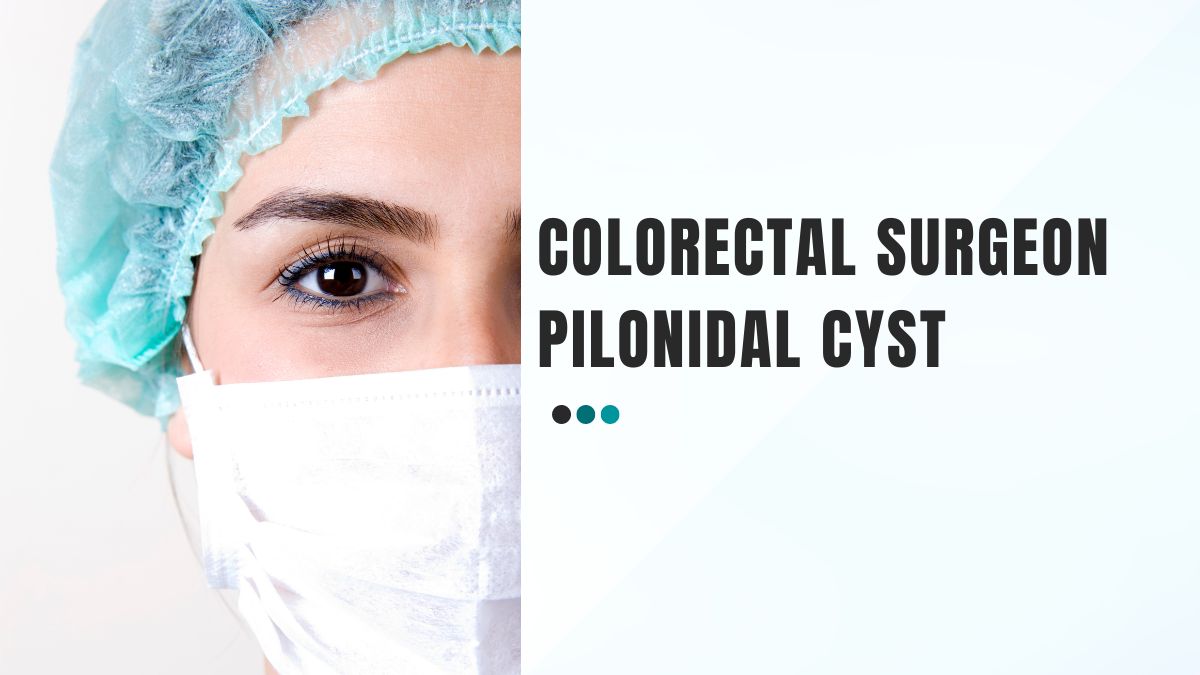A pilonidal cyst looks like an abnormal pocket in your skin containing debris and hair. This cyst commonly appears near your buttocks close to the tailbone. When hair strands puncture your skin, it results in pilonidal cyst symptoms. The infected cysts can make the condition painful. However, most people do not have a clear concept about this disease. That is why they cannot choose the right treatment for pilonidal disorder. A colorectal surgeon pilonidal cyst can remove your misconception and give a clear idea about the disease.
What are the risk factors for pilonidal disease?
Loose hairs penetrating the skin can cause inflammatory conditions. Your body will respond to the hairs, and it may lead to cyst formation. Moreover, repetitive activities and prolonged sitting can cause friction. For instance, cycling and riding for long hours will increase the risk of pilonidal symptoms. Sometimes, skin irritations may cause the hair to enter your skin.
If you do not maintain proper hygiene near the tailbone, you can experience pilonidal sinus. Some researchers think that genetic factors may pose the risk of this disease.
What are the common symptoms of pilonidal cysts?
Some patients experience asymptomatic pilonidal cysts. But, in most cases, the infectious condition causes different symptoms like –
-
Swelling and ache near your tailbone
-
Fever due to the infected cysts
-
Bad odor from the pus discharged from the condition
-
Blood drainage from the skin’s opening
-
Tenderness and redness of the affected site
The pilonidal cyst colorectal surgeon will try to detect these symptoms before providing the treatment.
The best treatment options for pilonidal sinus
The pilonidal expert will decide on the treatment depending on the condition’s severity. Traditional treatments involve using warm compresses to minimize swelling and pain. The infected cyst can be treated with incision and drainage. It helps in draining the pus to give you relief from the aching sensation.
But, some patients need surgical excision to treat severe pilonidal cysts. It involves removing the cyst through the surgical process. The surgeon will also remove the tissues close to the cyst. In some cases, he closes the wound with stitches. The surgeon may also leave the wound open and let it heal naturally.
The flap processes are effective for complicated pilonidal cysts. A flap of skin will cover the part after removing the cyst.
Preventing the pilonidal cysts
The pilonidal cyst surgeon will provide some tips for avoiding the symptoms. Although the condition is not always preventable, some measures will lower the risks. For instance, you must keep the button part free from hair. Shave the part or use hair removal creams.
Who is the colorectal surgeon pilonidal cyst near me?
At pilonidalexpert.com, you will find the best doctor to treat your pilonidal symptoms. Connect with this clinic to start treatment.


